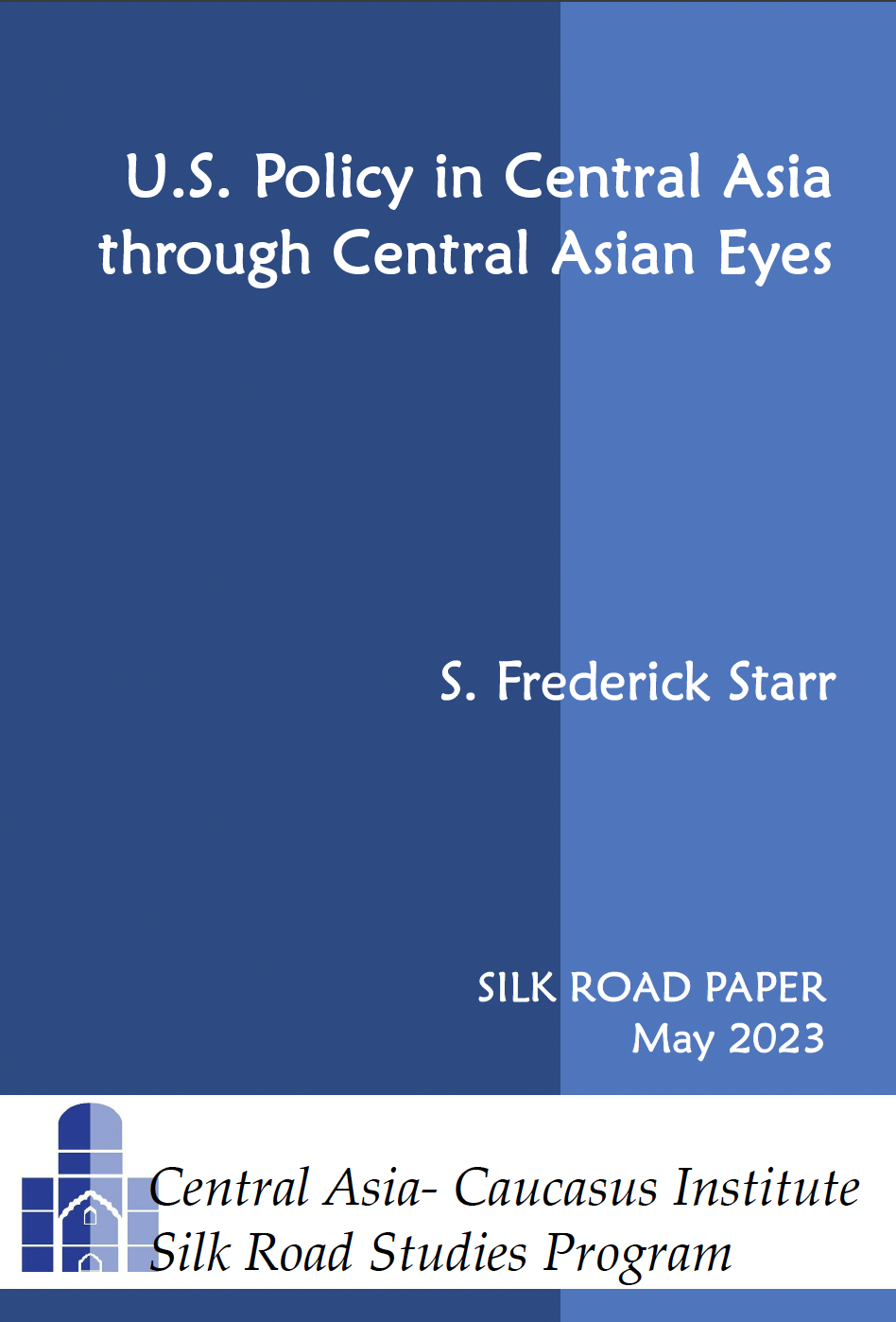Between Prosperity and the Taliban: Will IS Tip the Balance in Turkmenistan?
By Micha’el Tanchum (10/29/2014 issue of the CACI Analyst)
While energy-rich Turkmenistan is poised to become the next economic tiger of Central Asia, it has come under a growing threat from the Taliban since NATO’s troop drawdown in neighboring Afghanistan. Forces from the Taliban and various multi-ethnic, Central Asian jihadist militias associated with the Islamic Movement of Uzbekistan (IMU) have been concentrating in northern Afghanistan near the Turkmenistan border, producing unprecedented border clashes with Turkmenistan’s military during 2014. IMU leader Usman Ghazi’s recent declaration of allegiance to the Islamic State raises the concern that the Islamic State might assist the opening of a new jihadist front.
Moscow's Divide and Rule Policy in Dagestan Results in Much Divide but Little Rule
By Valeriy Dzutsev (10/29/2014 issue of the CACI Analyst)
Moscow’s new envoy to the North Caucasus, Sergei Melikov, is flexing his administrative muscles and challenging Dagestan’s Head, Ramazan Abdulatipov. Abdulatipov’s opponents at the republican level also seem determined to seek the resignation of the republican governor. The counterterrorist operation regime has become endemic in some areas of Dagestan and the government’s promises to crack down on the hotbeds of insurgency have produced few results. The sense of a systemic crisis of governance is increasing in the republic as the current governor is running out of time to implement long-promised reforms.
The Sundry Motivations of Caucasians in Ukraine
By Emil Souleimanov (10/15/2014 issue of the CACI Analyst)
One attribute of the armed conflict in eastern Ukraine’s Donbas area has been numerous speculations on the involvement of foreign fighters on both sides to conflict. Amid the diverse body of volunteers and mercenaries involved in the war, Chechens and other North Caucasians have received particular attention due to their fame as fierce warriors, and because their involvement in the conflict on the side of pro-Russian forces has constituted solid evidence of Moscow’s military engagement in the war. Yet the fact that Caucasian volunteers participate also on the Ukrainian side, and the ambivalence toward the conflict locally in the North Caucasus, demonstrate the diversity of motives and incentives inducing Caucasians to fight in Ukraine.
Wary of Protests, Tajik Government Displays Coercive Power
By Alexander Sodiqov (10/15/2014 issue of the CACI Analyst)
An exiled Tajik opposition leader recently promised a mass demonstration against the regime of President Emomali Rahmon who has ruled the Central Asian nation since 1992. Although local analysts shrugged off this statement as lacking credibility, the country’s security services reacted with a series of disproportionately harsh measures. Does the Tajik opposition in exile really have enough support and resources to mobilize large-scale popular protest? What explains the heavy-handed approach taken by Tajik security services in preventing the rally?



 Silk Road Paper S. Frederick Starr,
Silk Road Paper S. Frederick Starr,  Book Svante E. Cornell, ed., "
Book Svante E. Cornell, ed., "